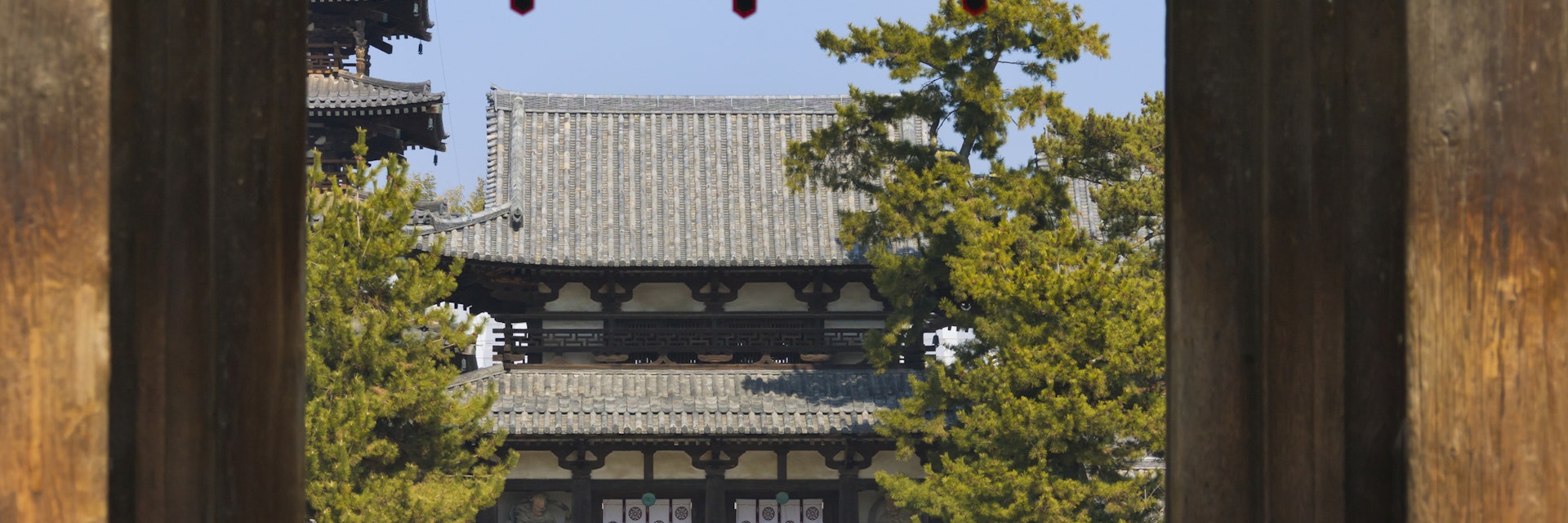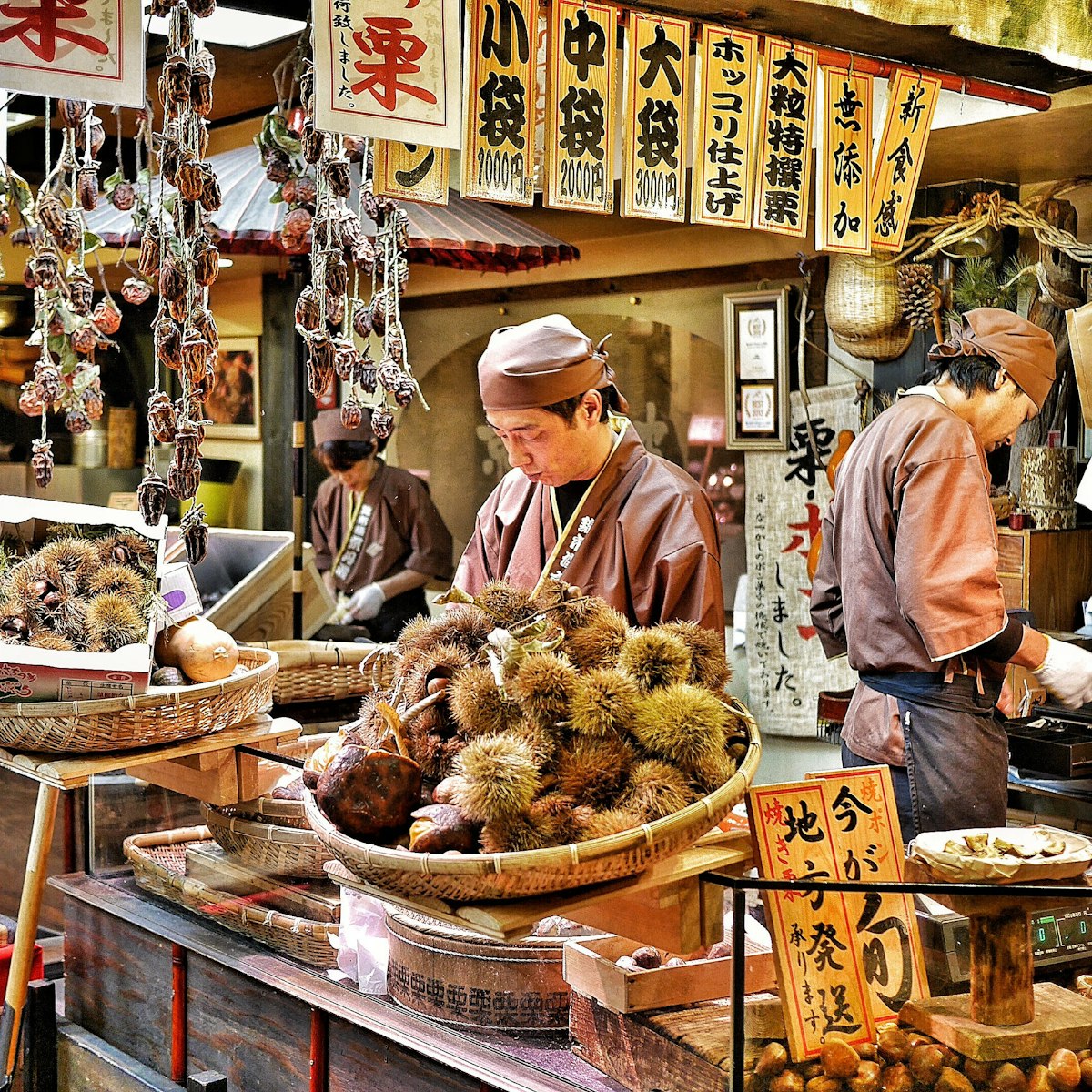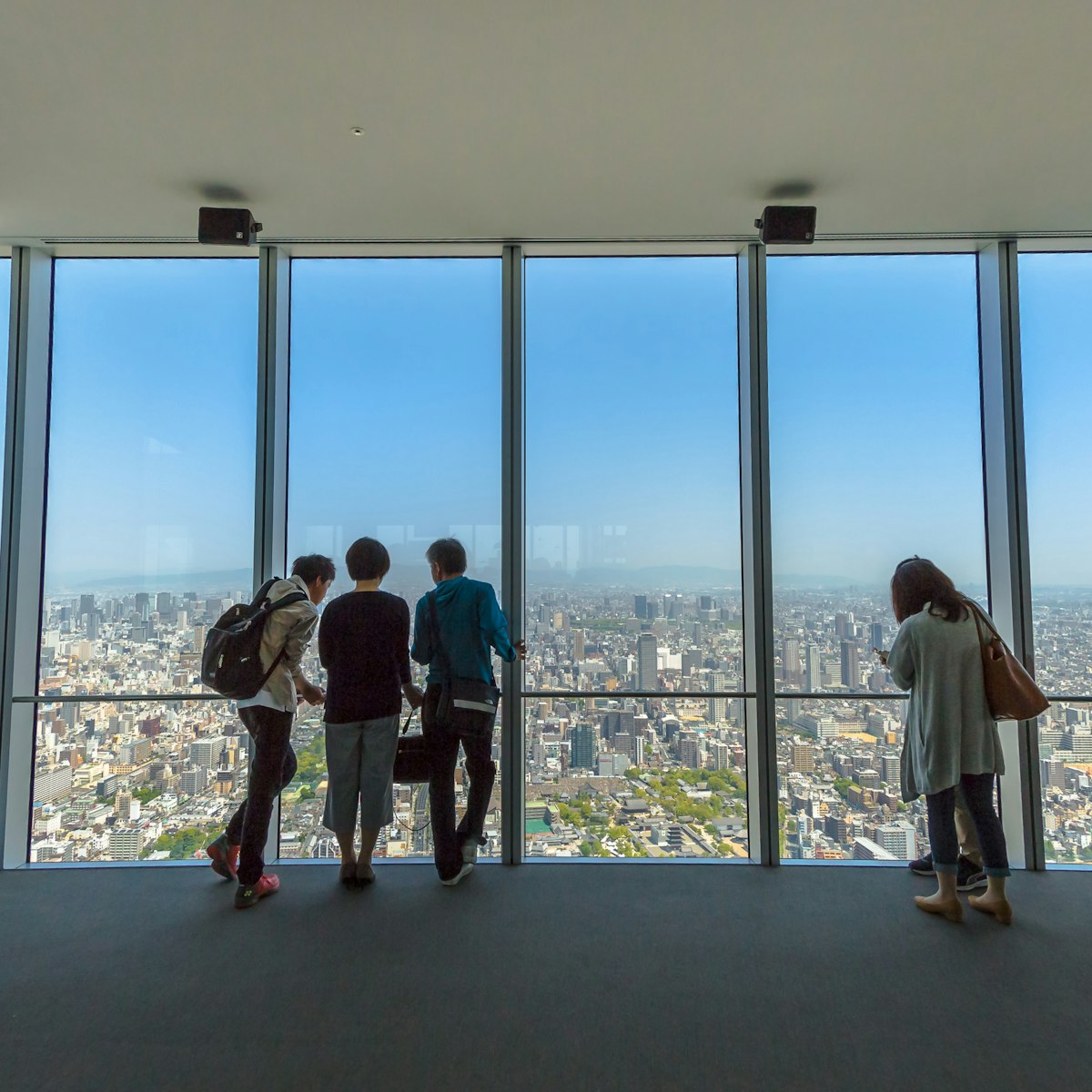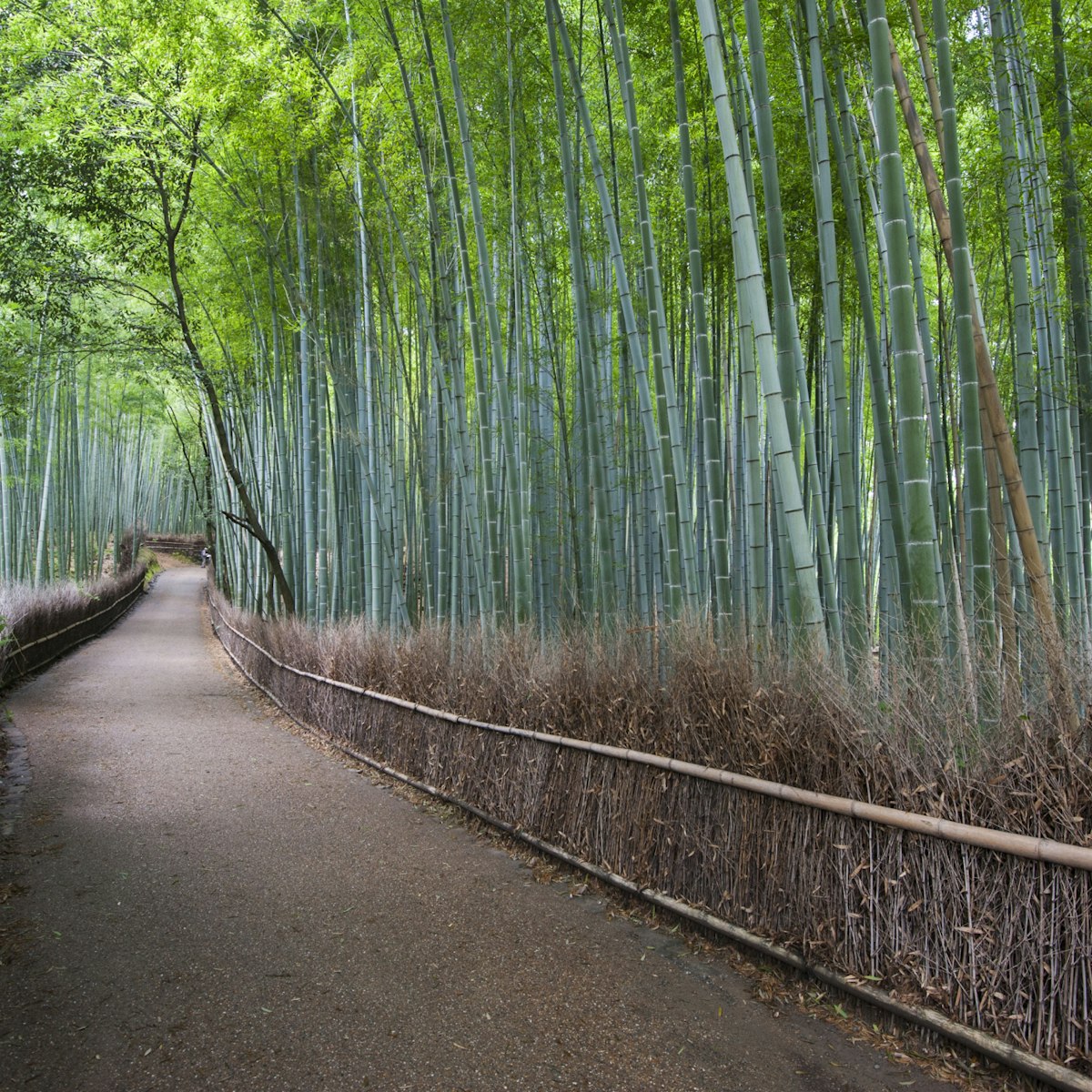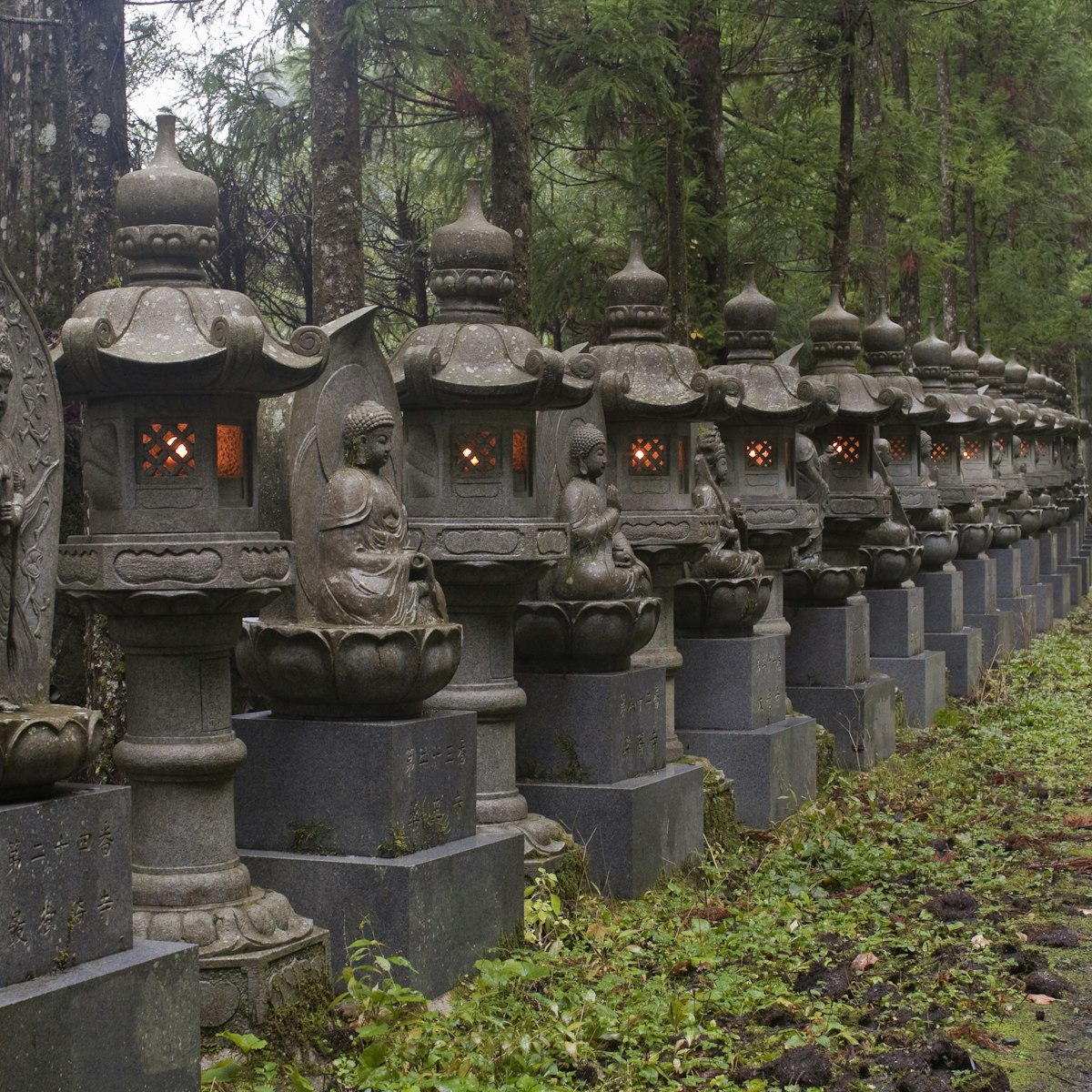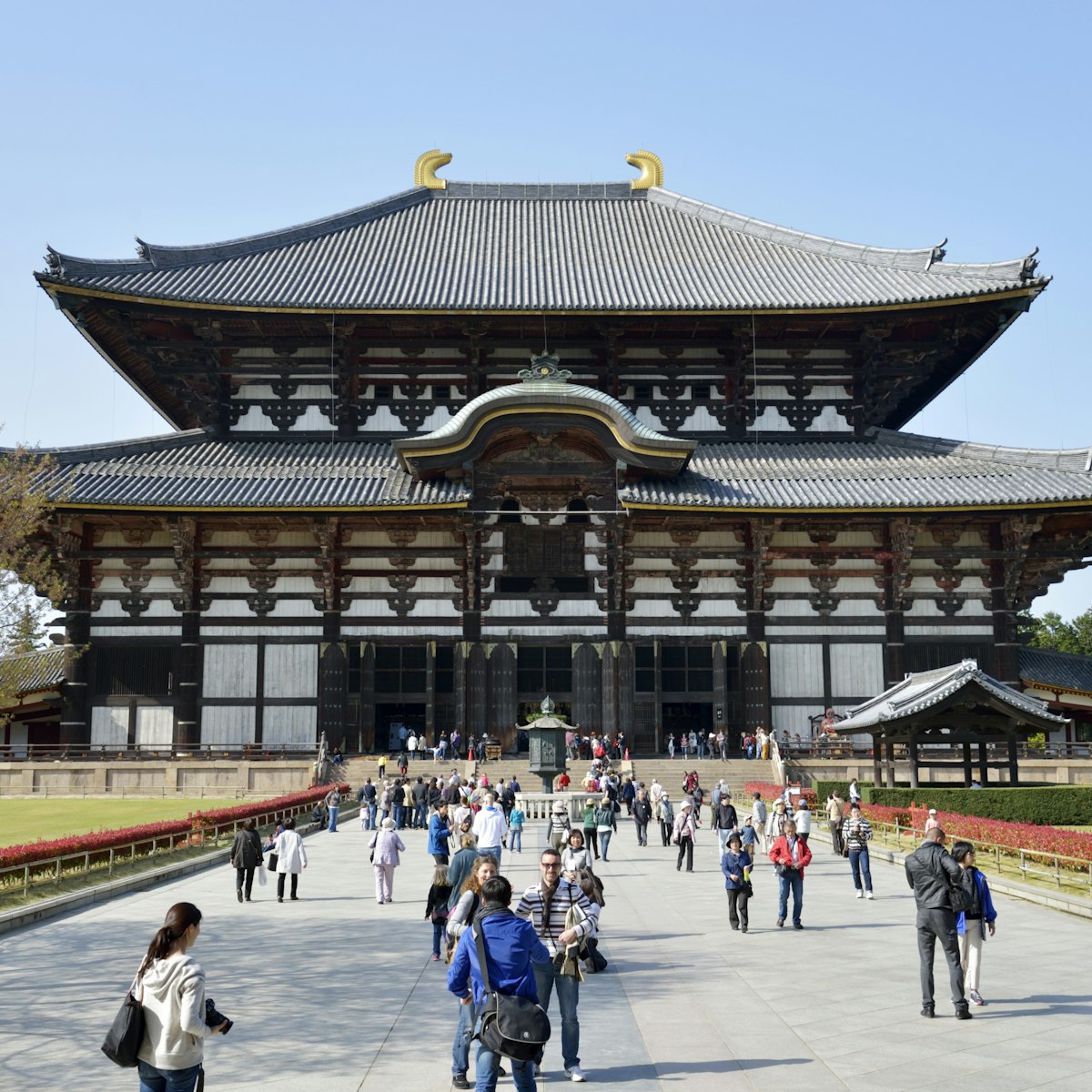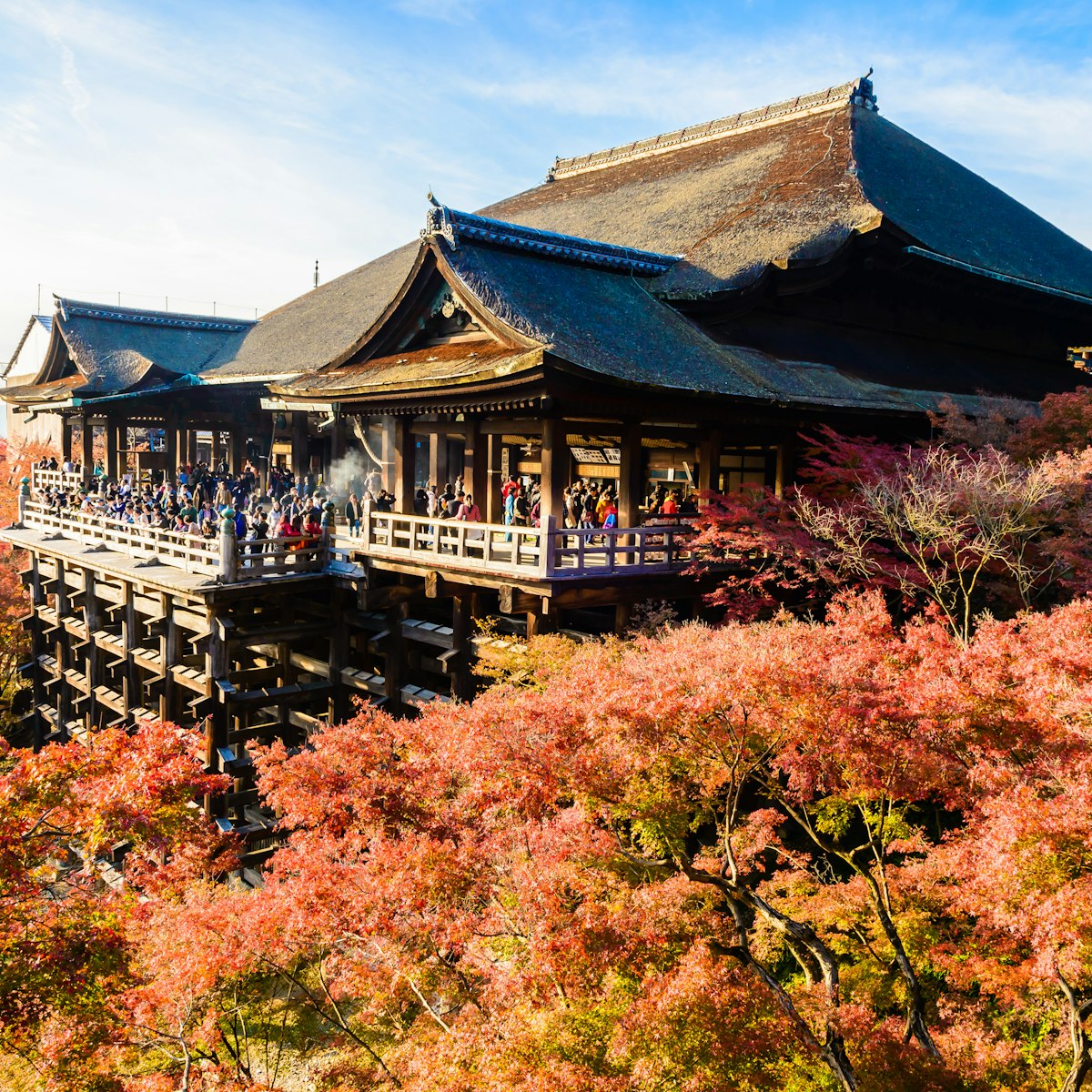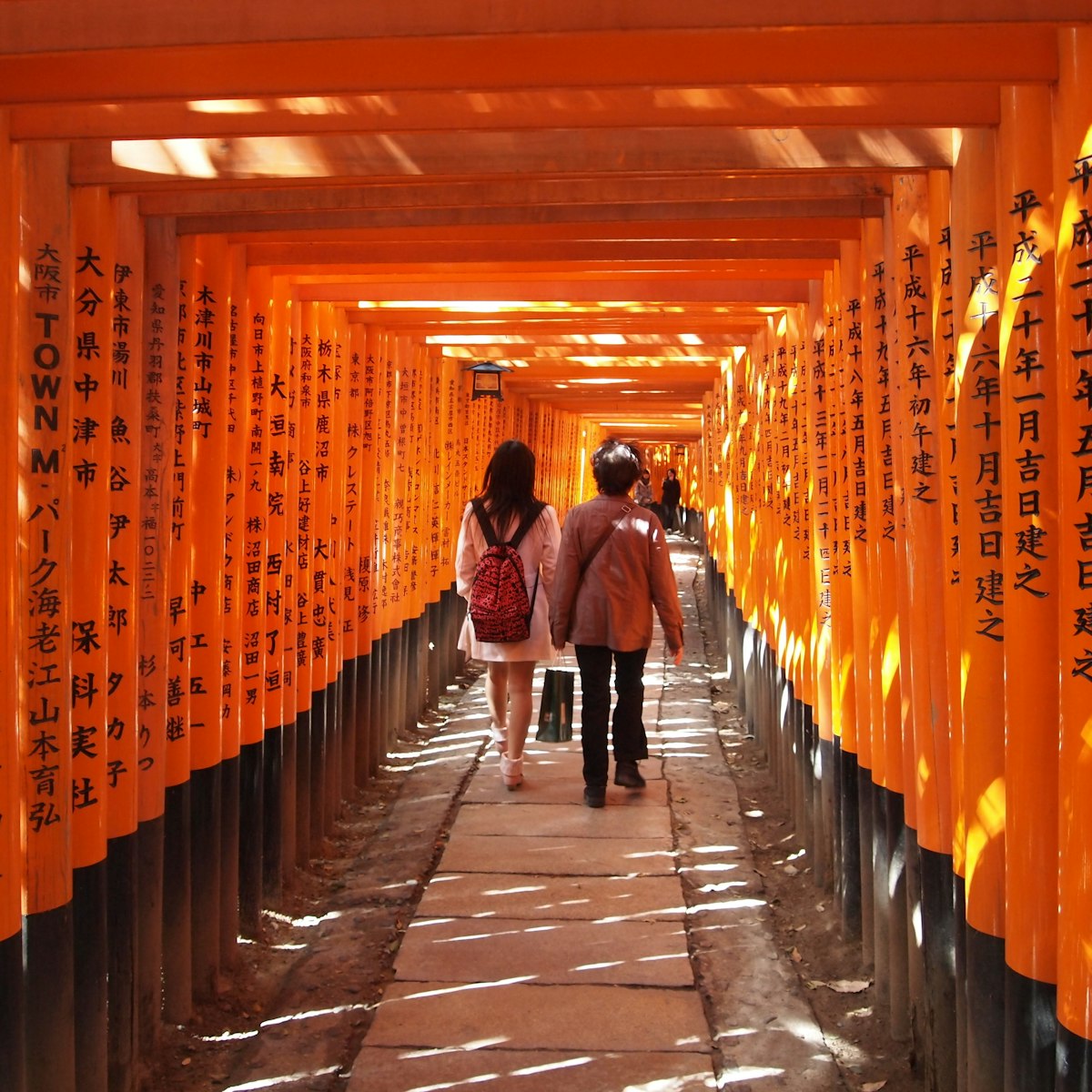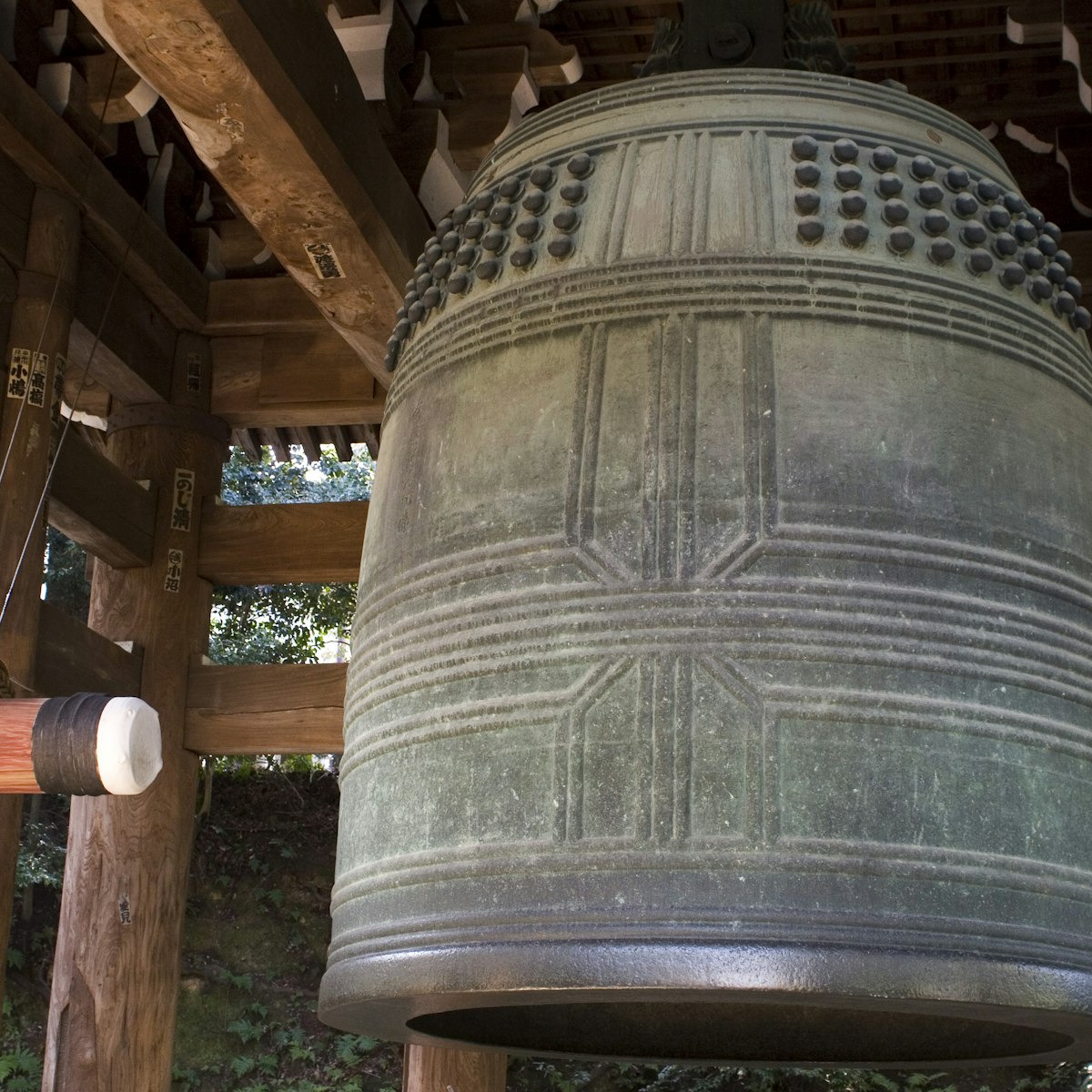Hōryū-ji was founded in 607 by Prince Shōtoku, considered by many to be the patron saint of Japanese Buddhism. It's renowned not only as one of the oldest temples in Japan but also as a repository for some of the country’s rarest and most-outstanding examples of early Buddhist sculpture. There's an entire gallery of Hōryū-ji treasures at the Tokyo National Museum. Some of the temple’s buildings are considered to be the world's oldest existing wooden structures.
The temple is divided into two parts: Sai-in (West Temple) and Tō-in (East Temple); pick up a detailed map and guidebook in English. The main approach proceeds from the south along a tree-lined avenue and through the Nandai-mon and Chū-mon gates before entering the Sai-in precinct. As you enter, you'll see the Kondō (Main Hall) on your right (look up to see the fantastic carvings of mythical beasts on the eaves) and a pagoda on your left; both are considered the oldest of their kind, though they have been repaired over the years.
The Kondō houses several treasures, including the gilt-bronze triad of the Buddha Sakyamuni with two attendant bodhisattvas, created in 623 by one of the leading sculptors of the day; the Buddha's serene, enigmatic smile is captivating. There are many more works of art inside the Daihōzō-in (Great Treasure Hall).
Continue east through the Tōdai-mon to Tō-in. Here the Yumedono (Hall of Dreams), built in 739 as a place to pray for the repose of Prince Shōtoku's soul, houses another famous work of art: the Guze Kannon, a 7th-century sculpture of the bodhisattva Kannon (Buddhist goddess of mercy) carved from a single piece of camphor wood and sheathed in gold leaf.
The quickest way to get to Hōryū-ji is by train: take a JR Yamatoji-line train from JR Nara Station to Hōryū-ji Station (¥220, 11 minutes), then pick up bus 72 (¥180, eight minutes, every 20 minutes 9am to 4.45pm) to Hōryū-ji Sandō, right at the temple entrance.
Bus 98 departs from stop 8 at Nara Kintetsu Station and stop 6 at JR Nara Station for Hōryū-ji-mae (¥760, 65 minutes, hourly 9am to 4pm). Returning to Nara, take bus 97 from platform 2 at the Hōryū-ji-mae bus stop. To save money, purchase a Nara Park Nishinokyō Hōryū-ji one-day bus pass (¥1000), which also includes bus travel to Yakushi-ji and Tōshōdai-ji and around Nara.
